
Ceramide vs Peptides: Key Differences and Skincare Routien Tips
Skincare enthusiasts are forever on the hunt for the best of the best ingredients. Two shining stars that remain at the forefront are ceramides and peptides. In the debate of ceramide vs peptides, whose side are you on? These powerhouse ingredients are supposed to deliver radiant, youthful, hydrated skin, but picking one can be a challenge. Let’s dig deeper into what makes them so special, what they can do for your skin, and how you can bring their magic into your everyday routine.
What are ceramides?
Ceramides are lipids (fats) that occur naturally in the outer layers of our skin. Think of them as the glue that binds skin cells, helping to preserve the integrity of the skin barrier. What is skin barrier? It’s the outer layer of your skin. Ceramides also help to lock in moisture and create a barrier to protect the skin from environmental factors like pollution or cold weather.
What are peptides?
Peptides for skin are small chains of amino acids, the building blocks of proteins such as collagen and elastin. In skincare, peptides are like messengers sending signals to the skin that it needs to create more collagen to make the skin firmer and smoother and make it look more youthful.
Ceramides vs peptides: What’s the difference?
If you compare peptides vs ceramides, both are beneficial. But they play different roles in your skincare routine.
The main role of ceramides is to reinforce and maintain the skin’s natural barrier. They’re critical for maintaining the skin’s ability to yield and hold moisture, especially if it’s dry or sensitive. Peptides go deeper, prompting repair processes that improve firmness and texture over time.
Peptides vs ceramides: Benefits for skin
Before you decide which to use, let’s compare the ceramides and peptides benefits.
Hydration
If you are wondering how to hydrate skin , ceramides are moisture magnets. They replenish lost lipids and seal in hydration, which is especially beneficial for dry and dehydrated skin
Skin barrier repair
Ceramides shine in restoring a damaged skin barrier. They reinforce the skin’s outermost layer, shielding it from irritants and preventing moisture loss.
Anti-ageing
Peptides are the go-to for combating signs of ageing. They stimulate collagen production, resulting in firmer and smoother skin over time.
Improves elasticity
Peptides boost skin elasticity by encouraging elastin synthesis. This helps the skin bounce back and resist sagging.
Reduces fine lines
Fine lines and wrinkles are often the first signs of ageing. Peptides help reduce their appearance by plumping and firming the skin from within.
Suitable for sensitive skin
Ceramides are incredibly gentle and soothing, making them ideal for sensitive or compromised skin. Peptides are generally well-tolerated but may require patch testing for extremely sensitive users.
Can you use peptides and ceramides together?
Yes, you can use peptides and ceramides together . These two ingredients complement each other beautifully. While peptides work on boosting collagen and renewing the skin, ceramides ensure that the skin barrier stays strong and well-moisturised. Using them together can give you the best of both worlds—repair and protection
Layering both in your skincare routine can lead to long-term skin health, better texture, and enhanced hydration. For best results, apply peptides first (as serums tend to be lighter), followed by ceramides (usually in creams or moisturisers).
Ceramides or peptides for oily skin?
Many wonder whether to choose ceramides or peptides for oily skin. Oily skin can still suffer from dehydration and a compromised barrier—this is where ceramides are essential. They hydrate without clogging pores and help balance sebum production. Peptides are also suitable for oily skin, especially if you’re looking to tackle early signs of ageing or acne scarring.
In fact, many lightweight peptide serums and ceramide-infused gels are formulated specifically for oily or acne-prone skin. The key is to choose non-comedogenic, oil-free versions that won’t add heaviness.
How to use ceramides and peptides in your routine
Combining ceramides and peptides for skin in your daily skincare regimen is easier than you think. Follow this simple AM and PM routine to get the most out of both ingredients.
AM Routine:
- 1. Cleanser: Start with a gentle cleanser like the Brightening & Exfoliating Vitamin C Daily Face Wash to remove overnight oil and impurities.
- 2. Peptide Serum: Apply a lightweight peptide serum to stimulate collagen production and firm the skin
- 3. Ceramide Moisturiser: Lock in hydration and reinforce the skin barrier with a ceramide-rich moisturiser.
- 4. Sunscreen:: Finish with broad-spectrum SPF like the Dewy Hydrating Hybrid Sunscreen SPF 50+ to protect your skin from UV damage
PM Routine:
- 1. Cleanser: :Use a gentle, hydrating cleanser to remove makeup, SPF, and grime.
- 2. Peptide + Ceramide Serum (or layer separately): You can either use a combined serum or apply your peptide serum first, followed by a ceramide serum.
- 3. Night cream with ceramides Seal everything in with a nourishing night cream rich in ceramides to support overnight repair.
Conclusion
Ceramides and peptides are not enemies but allies in your skincare routine. Ceramides protect and moisturise, and peptides renew and rejuvenate. Used in tandem, they are a formidable pair that works to fortify your skin from the inside out.
FAQs:
1. Are ceramides or peptides better for ageing skin?
Peptide is better suited to ageing skin as it boosts collagen levels and diminishes fine lines. Ceramides also help with this by helping to hydrate and protect the skin.
2. Can I use ceramides and peptides every day?
Yes, both are safe enough to use every day. Using them regularly can help to improve your skin’s texture and hydration over time.
3. Which comes first—peptides or ceramides?
Peptides should be applied first, as they are usually in the form of lightweight serums. Ceramides, typically found in creams or moisturisers, should be layered on top to lock everything in.
4. Are ceramides or peptides good for oily, acne-prone skin?
Yes, both are suitable for oily or acne-prone skin types. Peptides help with post-acne healing and firmness, while ceramides restore the skin barrier without clogging pores.
5. Which is better, ceramide or peptide?
Each serves a different purpose, so one isn't better than the other. Ceramides excel at protection and hydration, while peptides focus on repair and anti-ageing.
6. Can I use peptides and ceramides together?
Yes, peptides and ceramides work well when used together in a skincare routine. They complement each other to support skin repair, hydration, and resilience.
7. What not to mix with peptides?
Peptides may become less effective when mixed with strong acids like AHAs, BHAs, or high concentrations of vitamin C. It’s best to use them in separate routines or on alternate days.
8. What not to mix with ceramides?
Ceramides are generally stable with most ingredients. However, combining them with potent actives like strong retinoids or acids might irritate very sensitive skin.


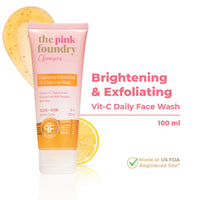
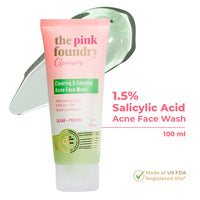
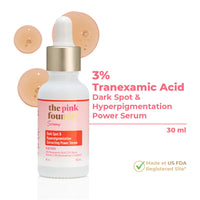
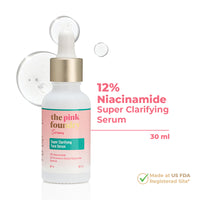
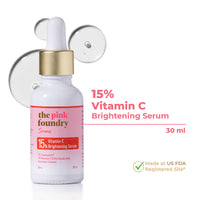
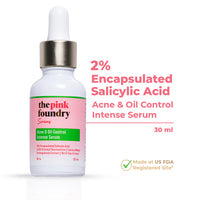
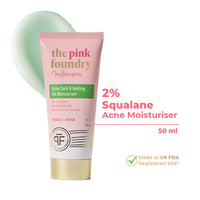
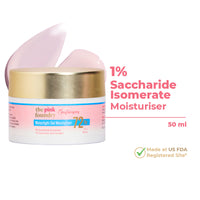

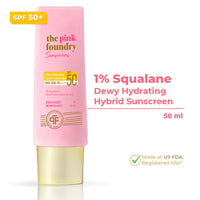
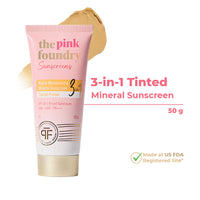
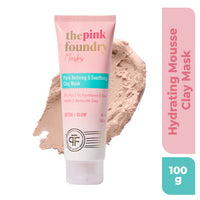
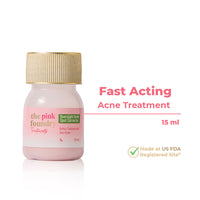
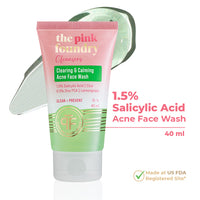
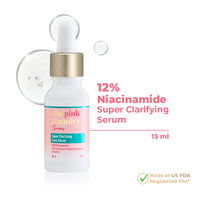
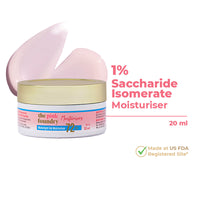

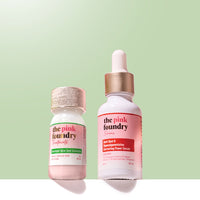
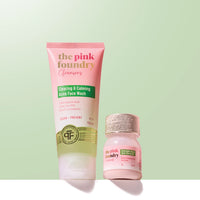
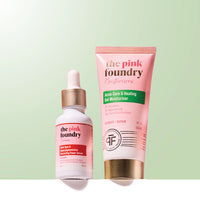
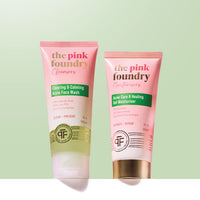
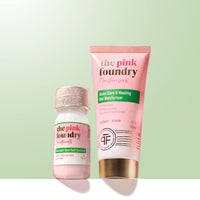
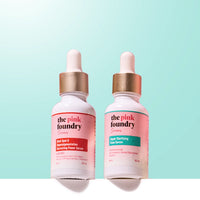
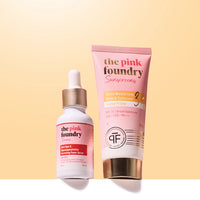
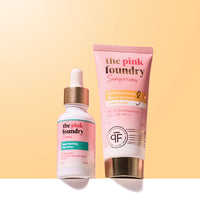
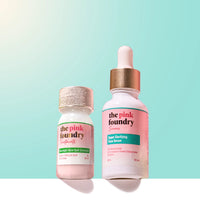
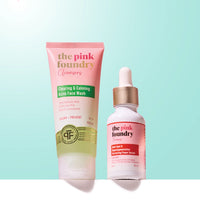
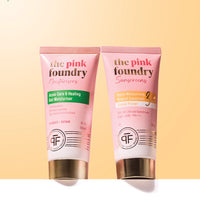
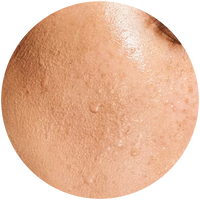
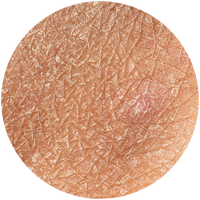
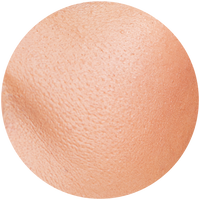
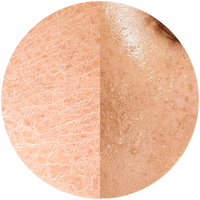
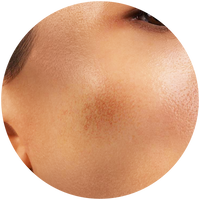
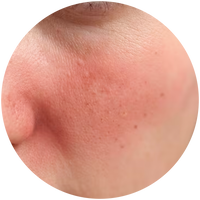
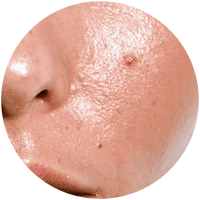
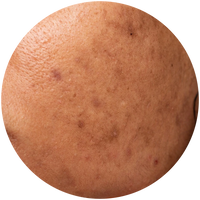
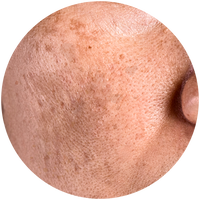
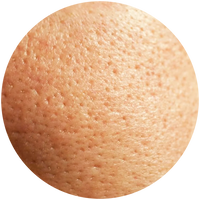
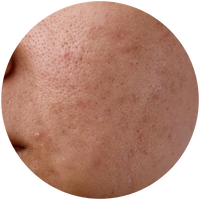
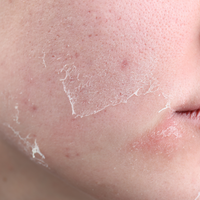
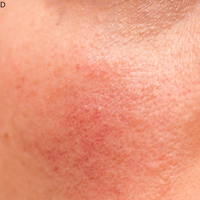
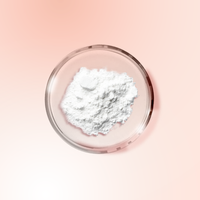
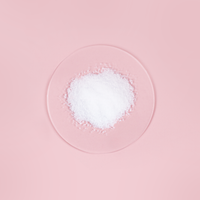
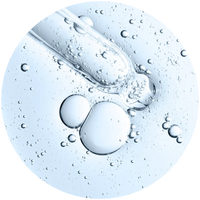
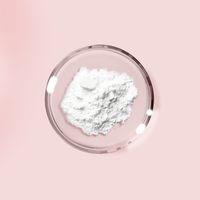
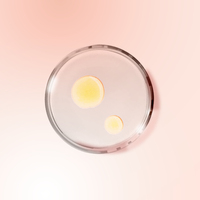
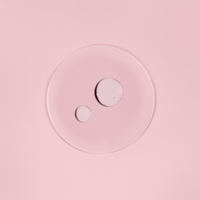
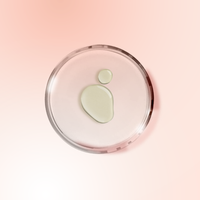
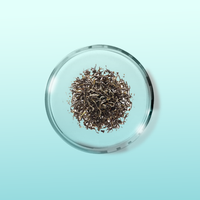
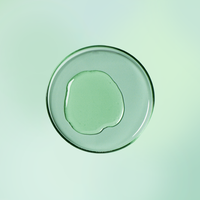
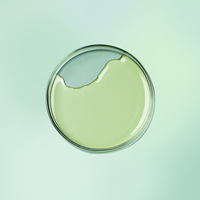
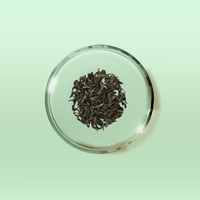



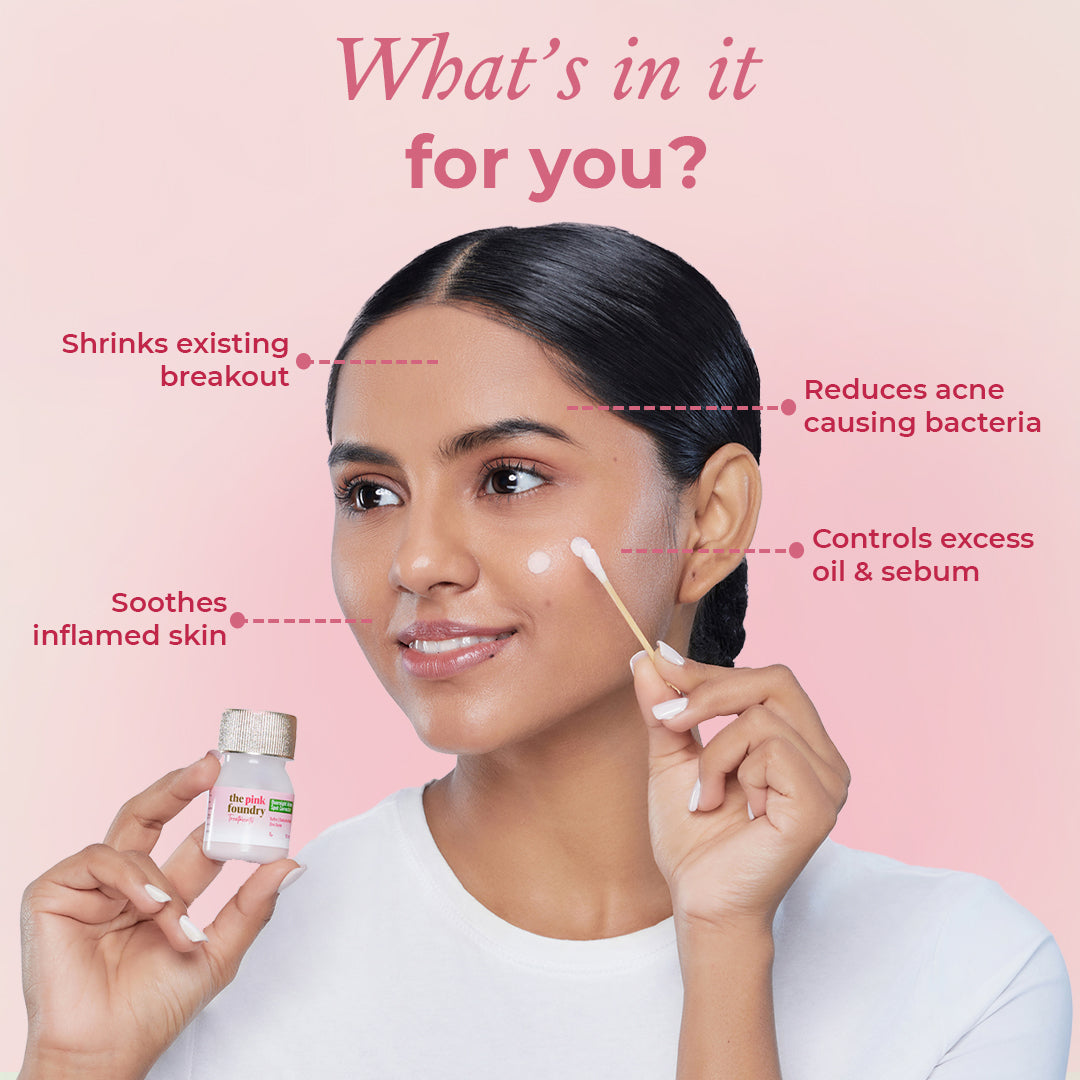
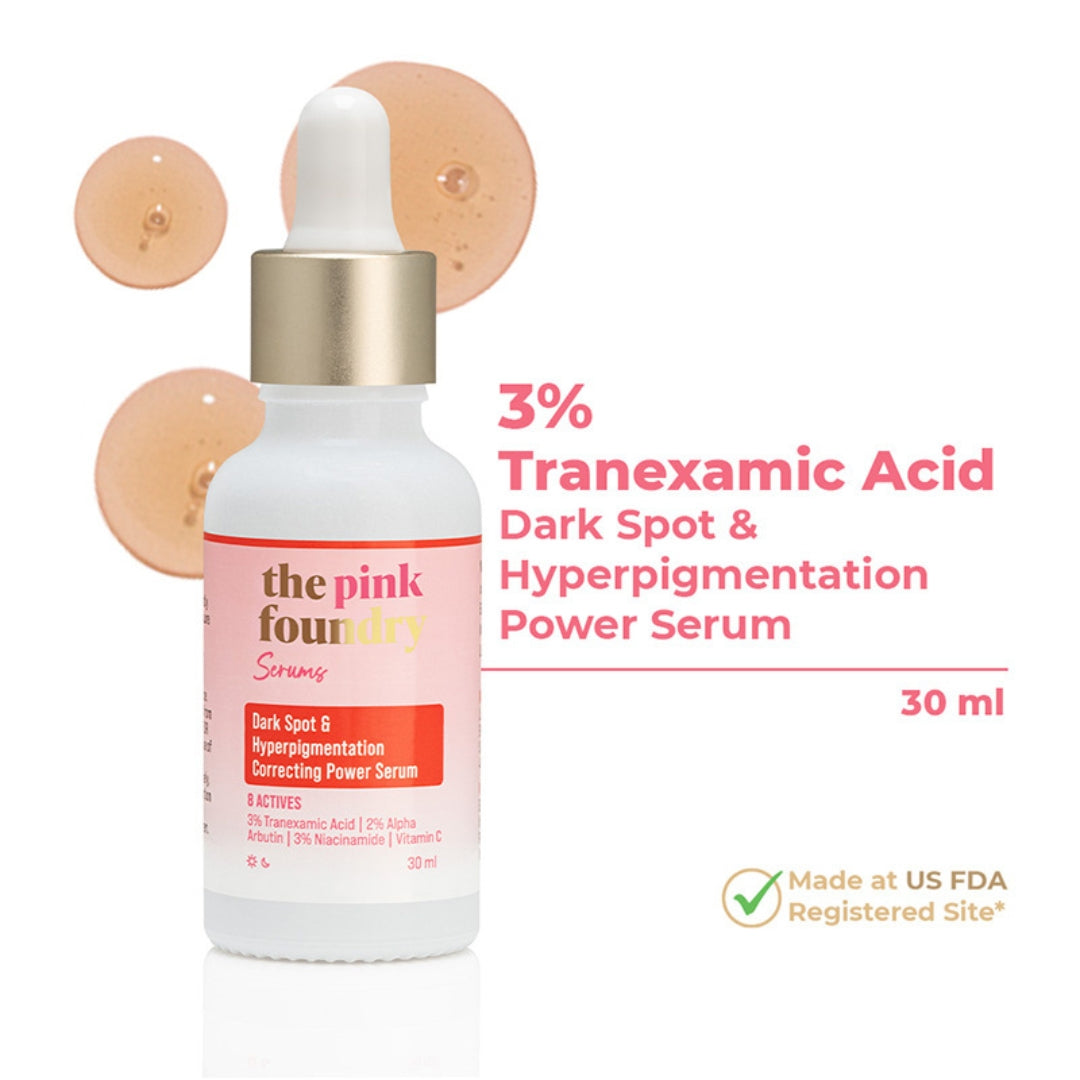
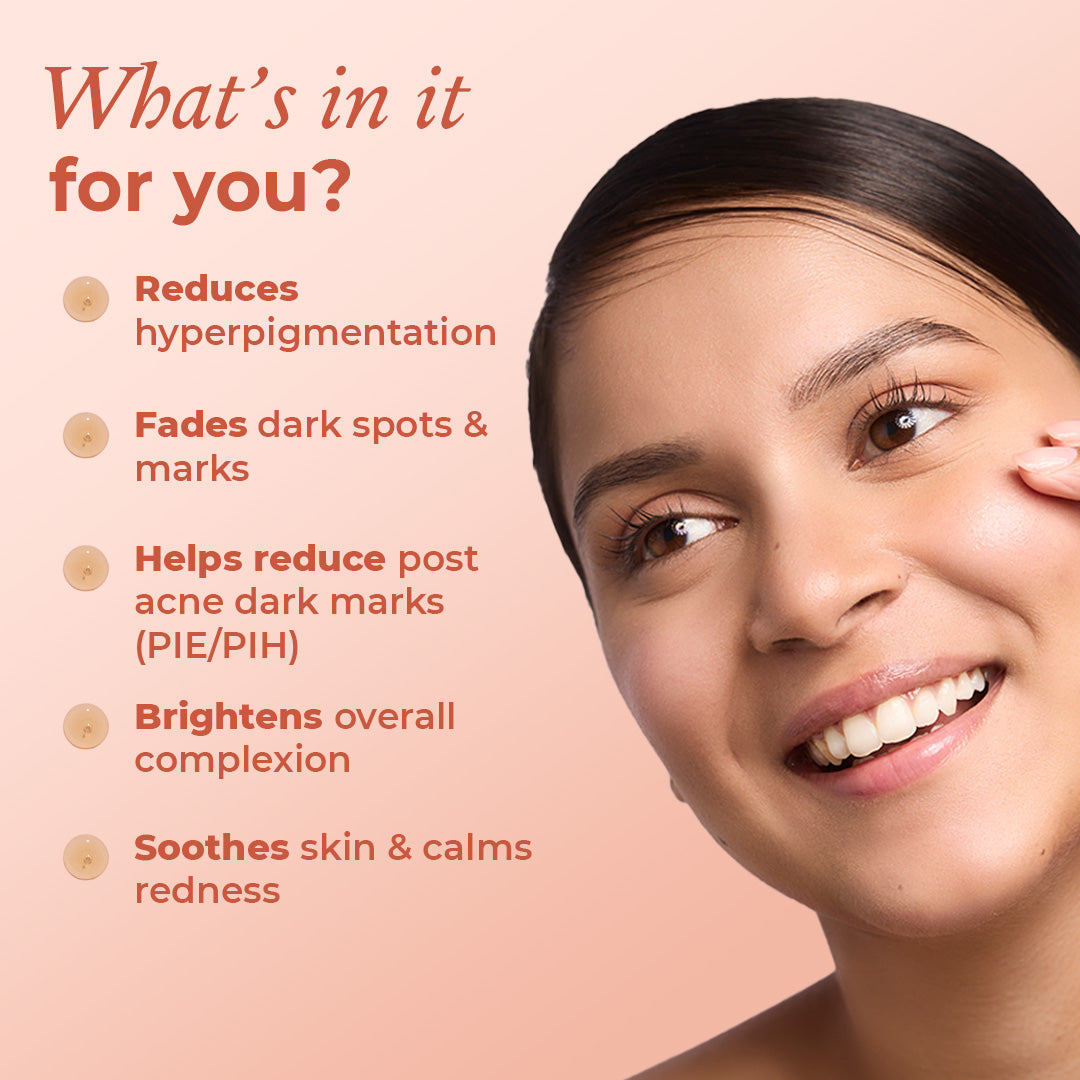
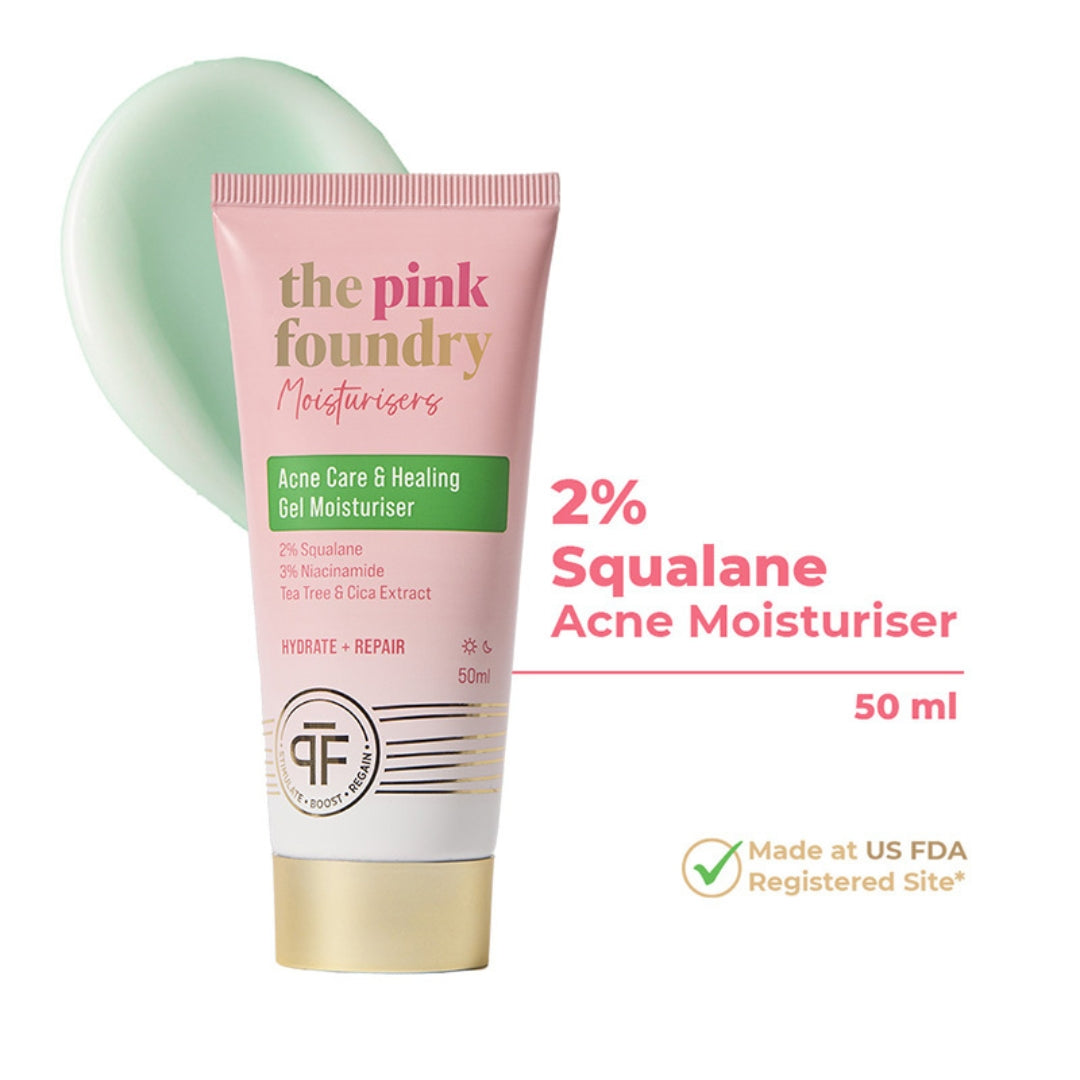
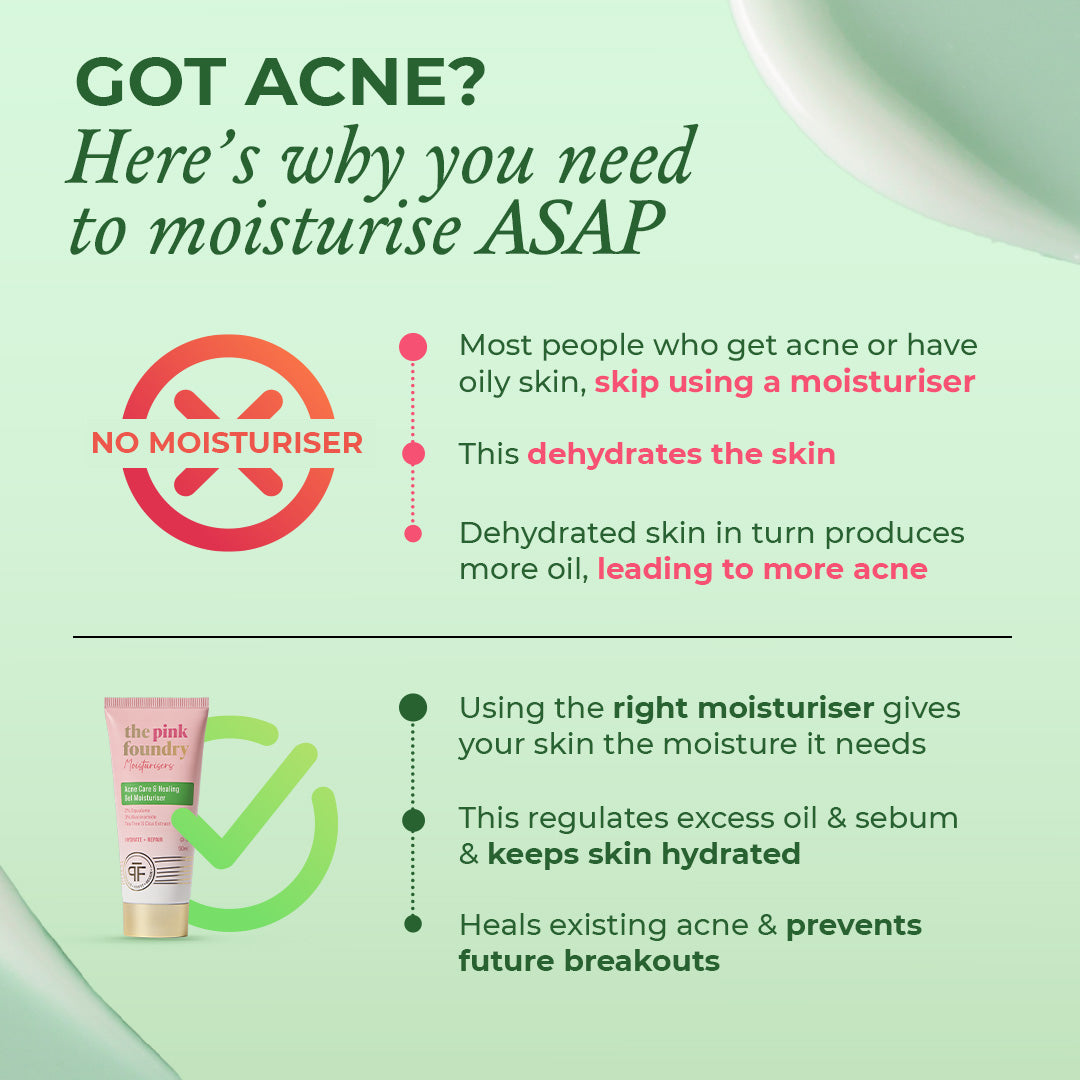
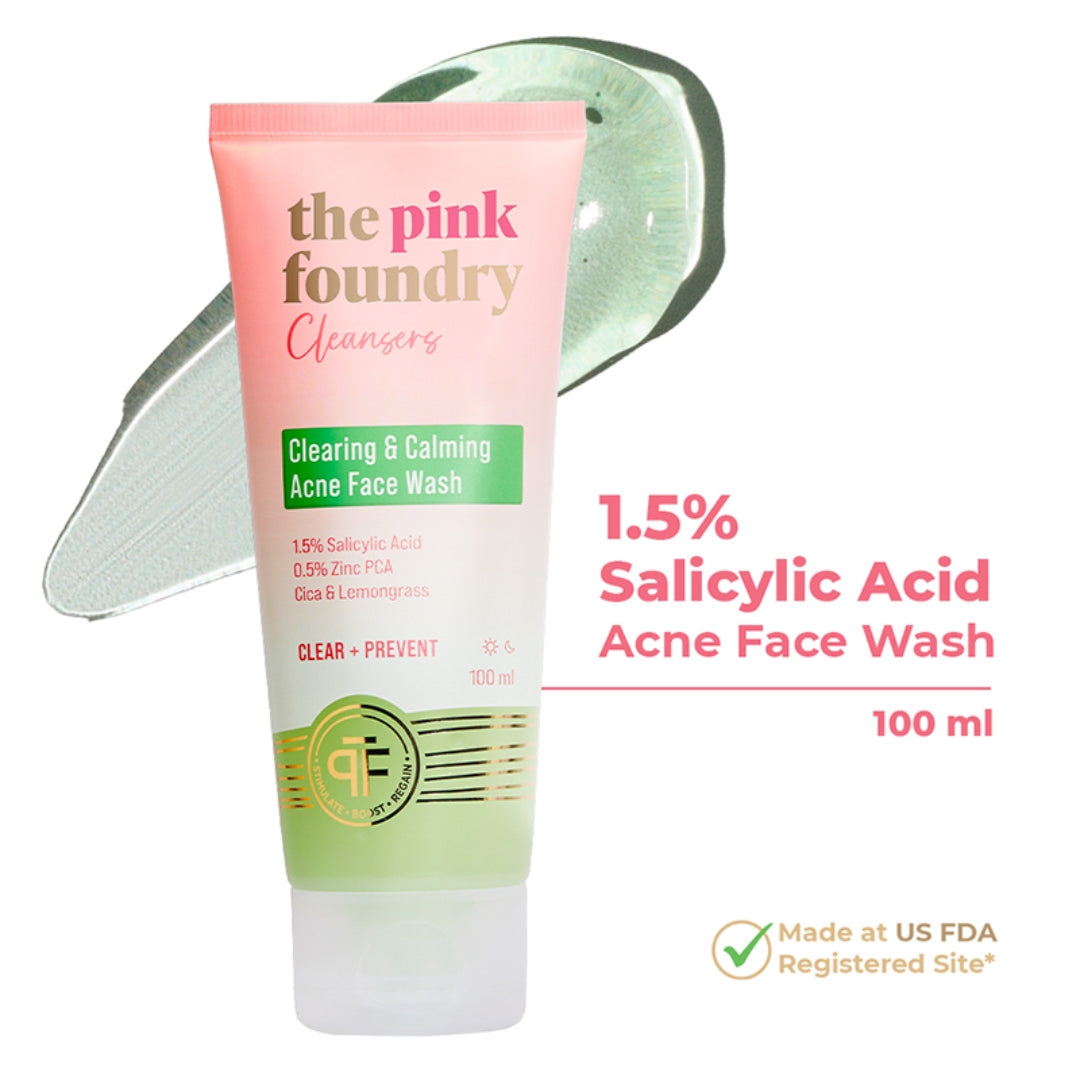
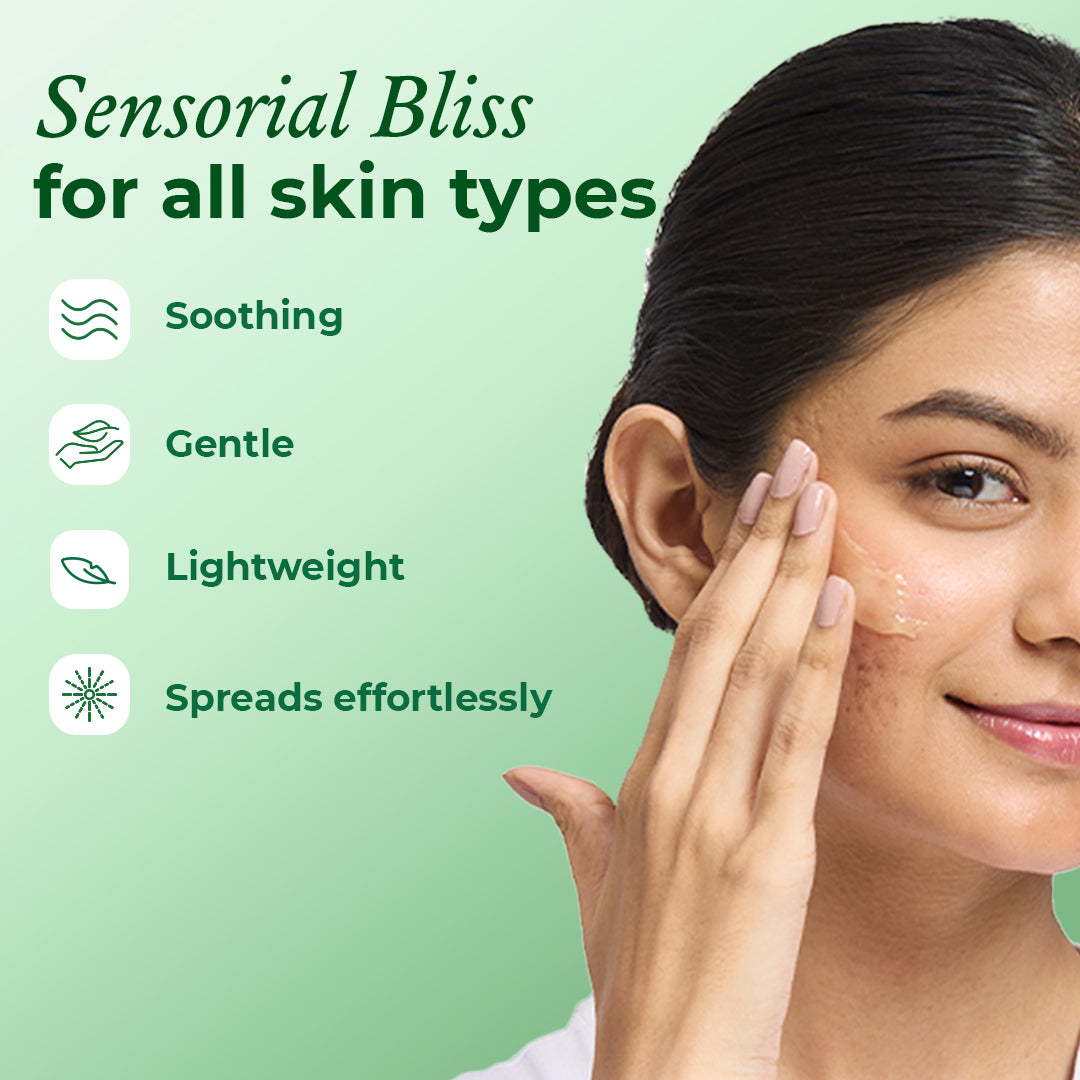
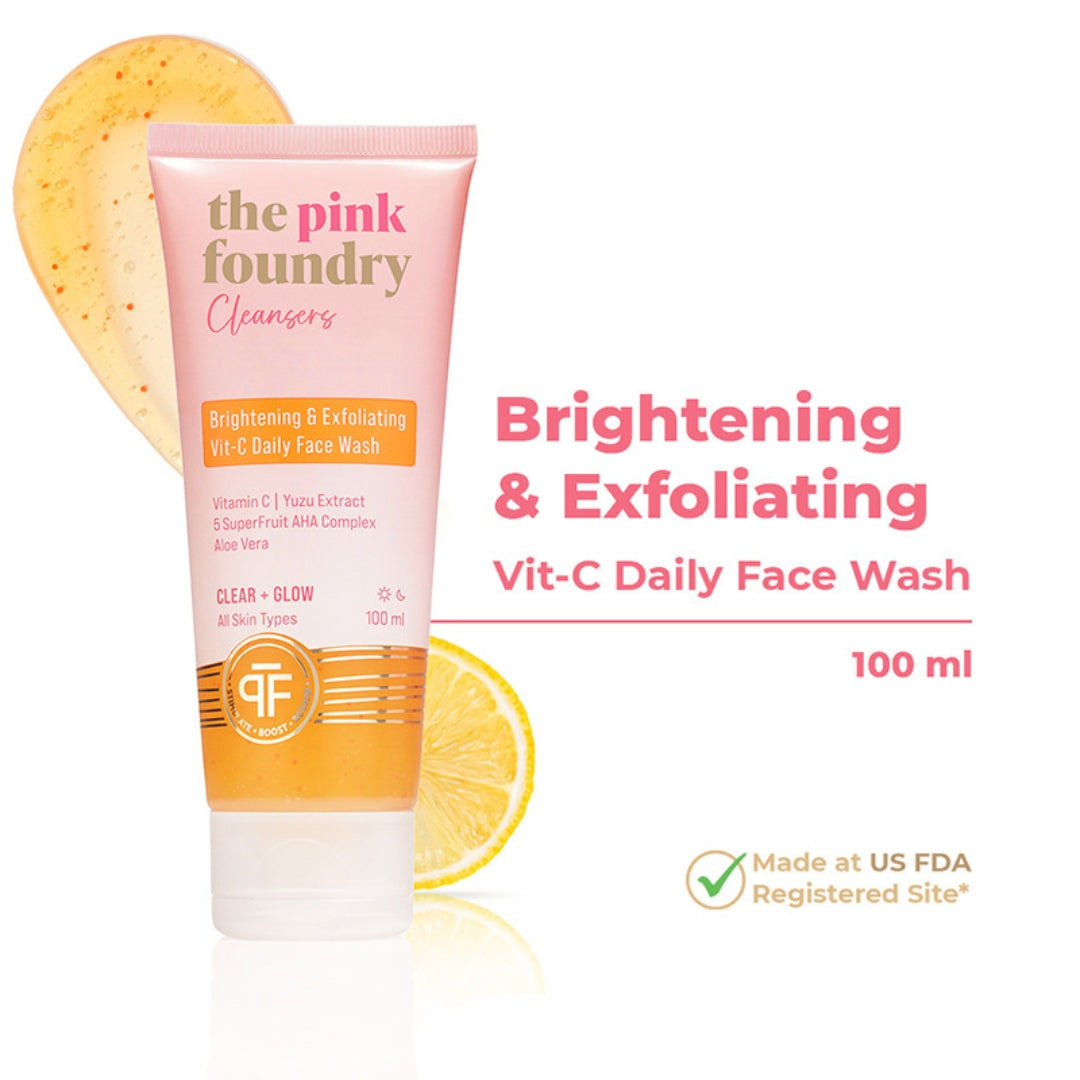
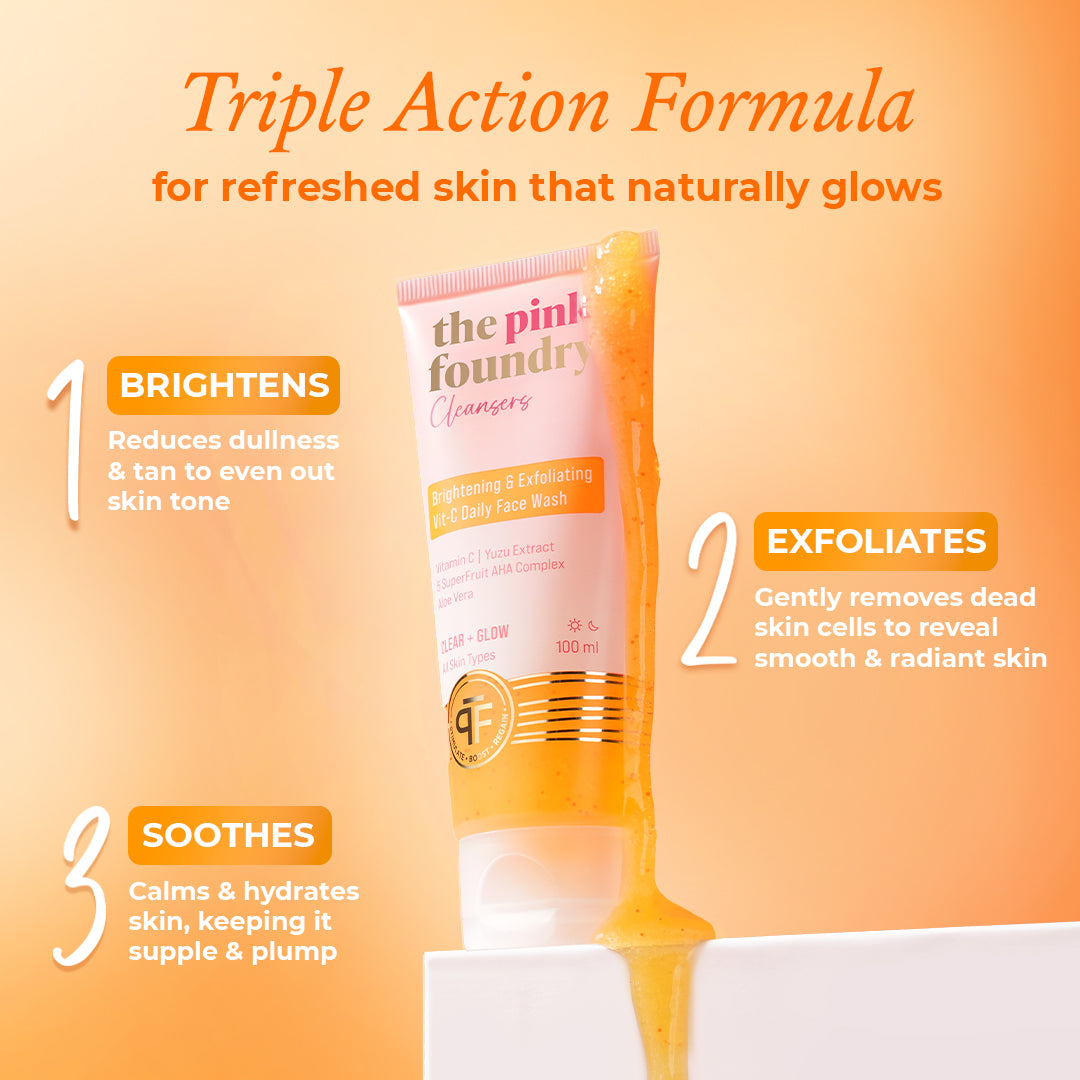

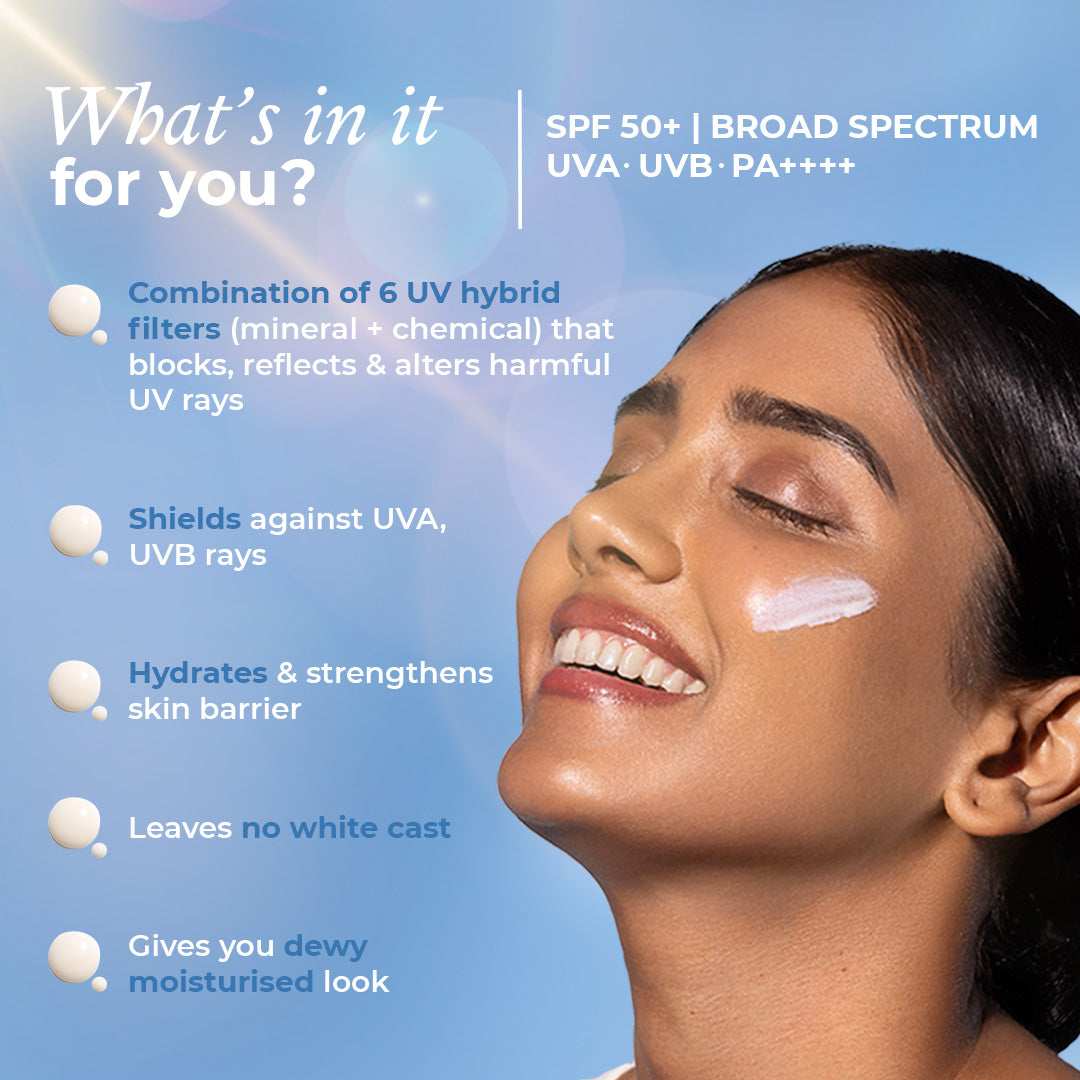
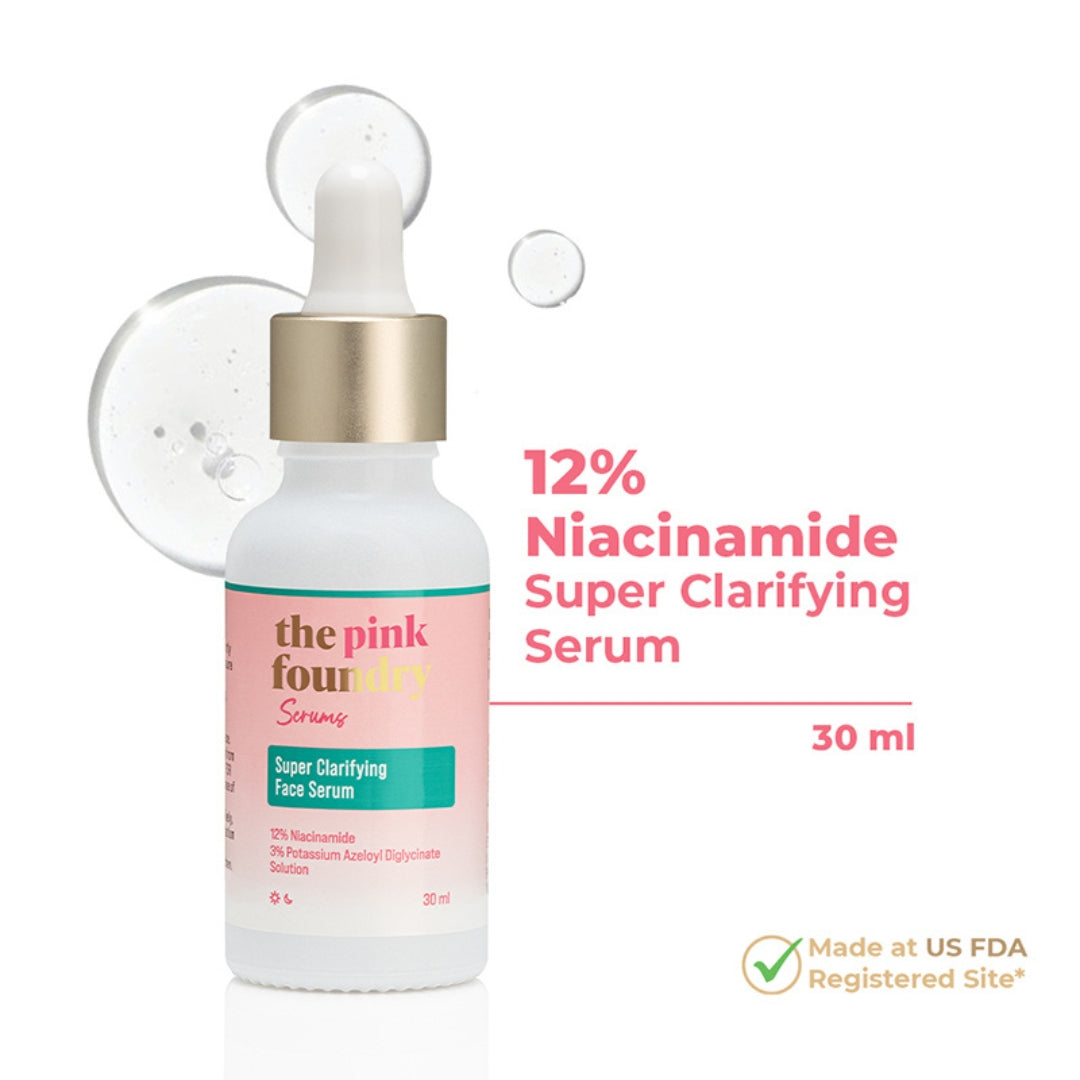
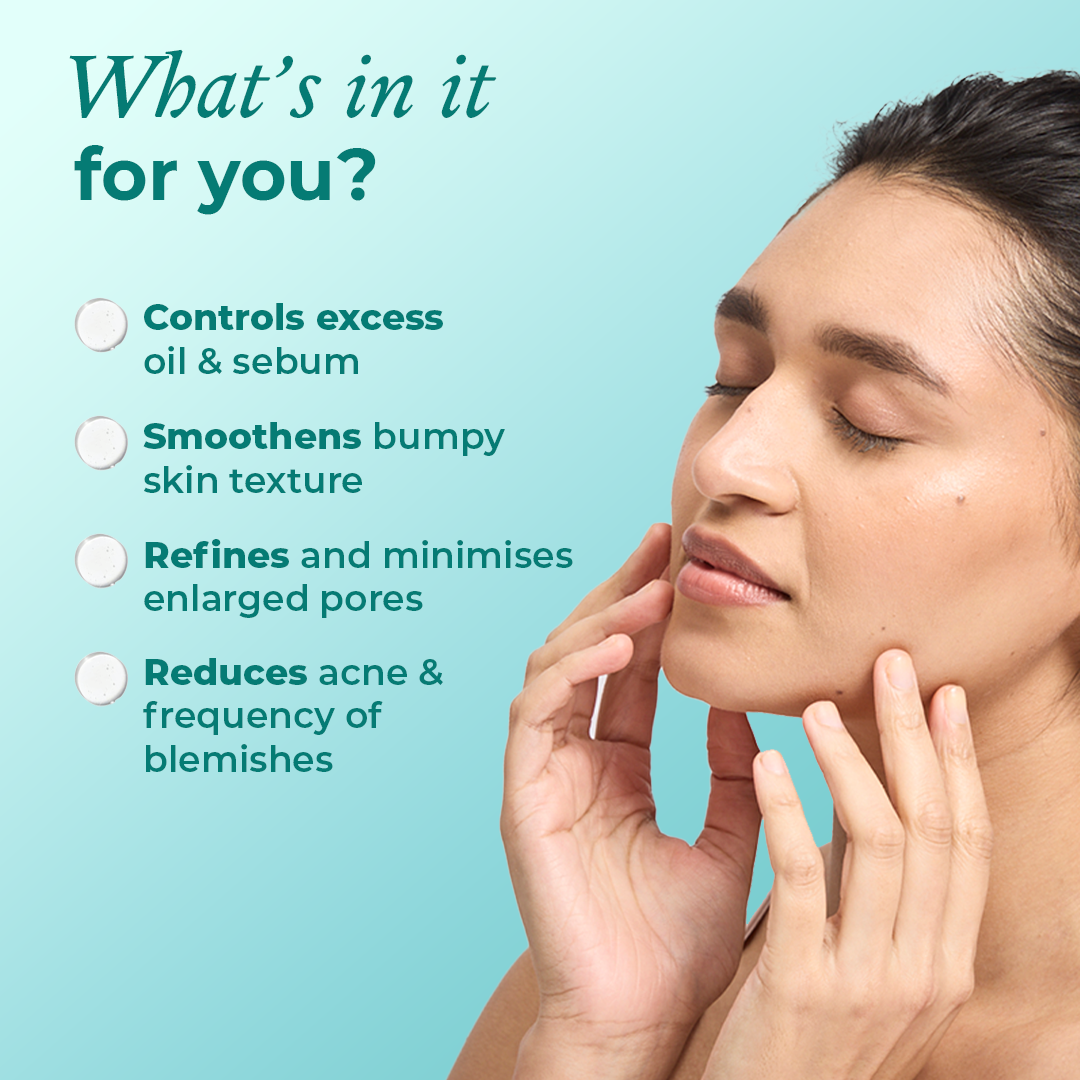
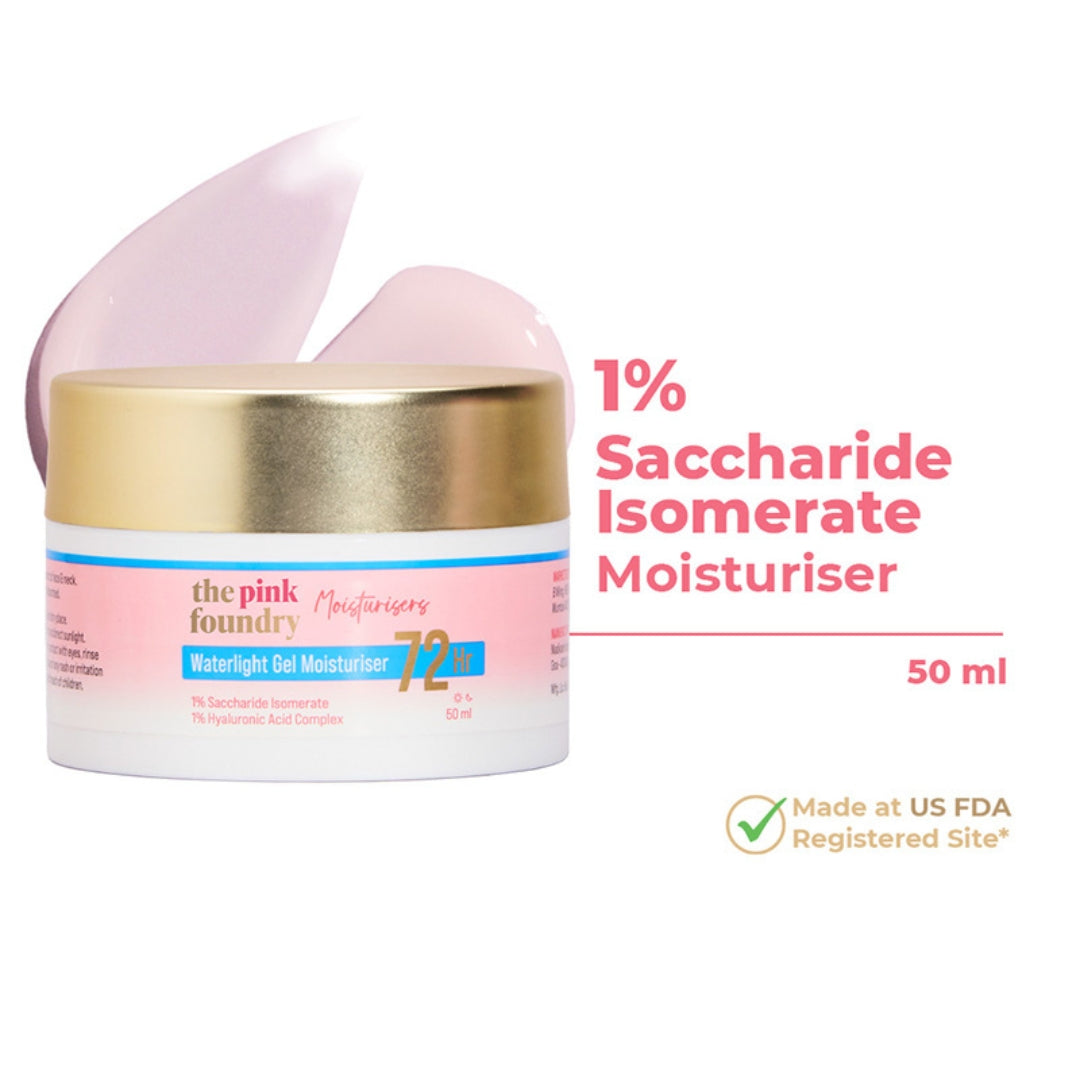





Leave a comment
This site is protected by hCaptcha and the hCaptcha Privacy Policy and Terms of Service apply.